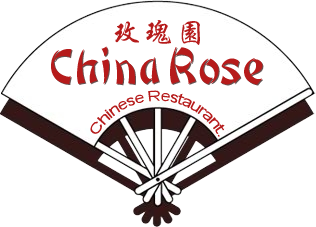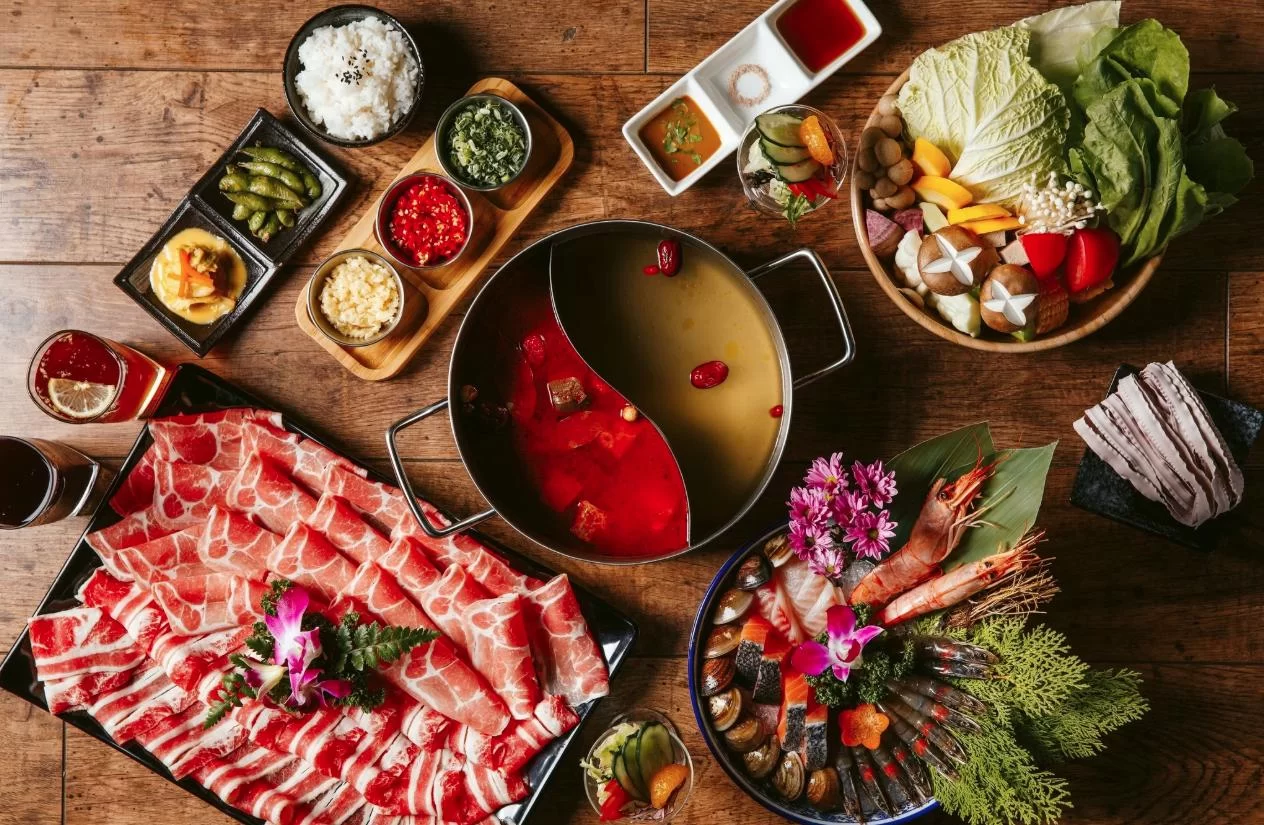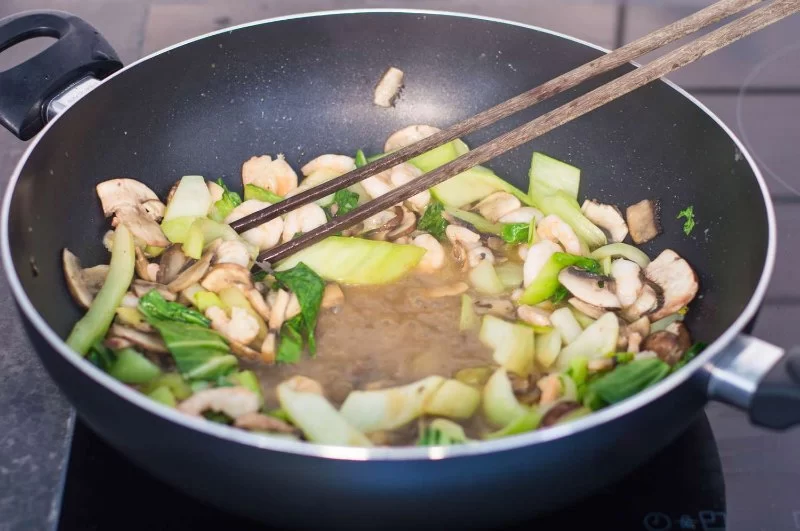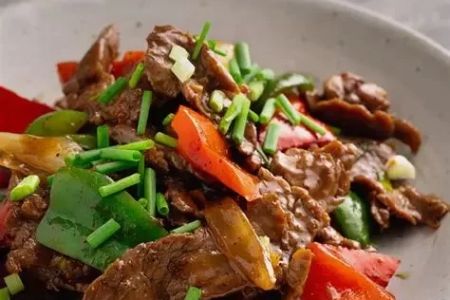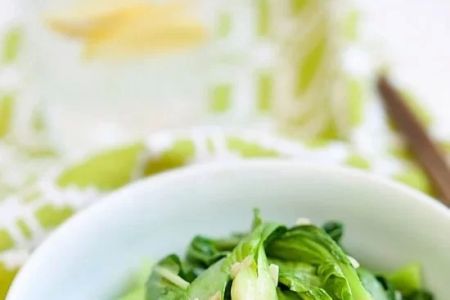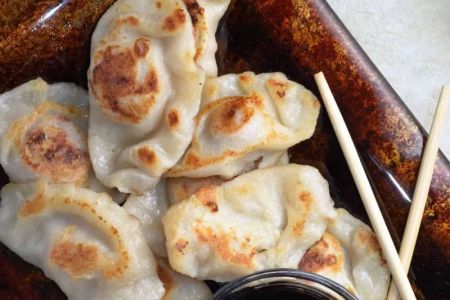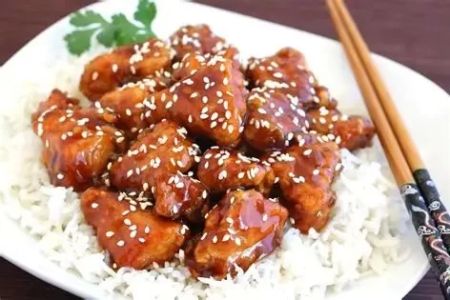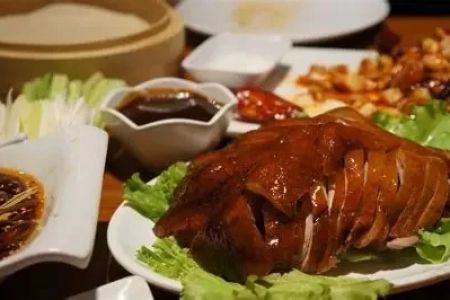- Culinary-Tradition-of-Cornstarch-in-Chinese-Cooking
- How-Cornstarch-Transforms-Sauces
- Tenderizing-Meats-with-Cornstarch-Techniques
- Case-Studies-and-Real-Kitchen-Stories
- Modern-Uses-of-Cornstarch-in-Home-Kitchens
- Where-to-Find-Authentic-Chinese-Food-Ingredients
Culinary Tradition of Cornstarch in Chinese Cooking
In Chinese cuisine, cornstarch is far more than just a pantry item. It has been woven into cooking traditions for centuries, serving as a bridge between texture, flavor, and presentation. Many home cooks and chefs in China view it as an essential ingredient, especially when preparing stir-fried dishes and braised meals. Its role extends beyond function—it’s part of what gives Chinese food its characteristic richness and balance. Without cornstarch, many iconic dishes would simply not have the same appeal.
How Cornstarch Transforms Sauces
The magic of cornstarch lies in its ability to thicken sauces without overpowering flavor. When mixed with water to create a slurry, it can turn thin broths into glossy, smooth sauces that cling perfectly to vegetables, meat, or noodles. A popular example is the velvety texture of beef with broccoli, where the sauce coats each bite without being heavy. Many chefs emphasize timing: adding the cornstarch mixture at the right moment is critical to avoid lumps or a gummy texture. This technique is so beloved that even Western adaptations of Chinese dishes often rely on it.
Tenderizing Meats with Cornstarch Techniques
One of the lesser-known but crucial roles of cornstarch is in meat tenderizing. A method known as “velveting” combines cornstarch with egg white and a bit of oil to coat proteins before stir-frying. This creates a protective barrier that locks in moisture, resulting in succulent, tender bites of chicken, beef, or pork. Many Chinese restaurants use this method, which explains why their meat often tastes more delicate than what home cooks achieve. Once you try this technique in your own kitchen, you’ll notice an immediate improvement in texture.
Case Studies and Real Kitchen Stories
Consider the story of a Denver food blogger who once tried to replicate her favorite kung pao chicken at home but found the meat tough and the sauce watery. After discovering the velveting method and learning to properly use cornstarch slurry, her dish transformed—family and friends even said it tasted restaurant-quality. Stories like these highlight how small adjustments with cornstarch can elevate everyday cooking. Even trending videos on food platforms have shown side-by-side comparisons of dishes with and without cornstarch, proving its undeniable impact.
Modern Uses of Cornstarch in Home Kitchens
Today, cornstarch has made its way into modern kitchens beyond China. Home cooks in the U.S. use it to master dishes like sweet and sour pork or mapo tofu, ensuring that sauces are silky and meats remain juicy. Some even use it creatively in baked goods, where it lightens textures. While trends come and go, cornstarch remains a reliable tool for those aiming to replicate authentic Chinese flavors at home. Its versatility keeps it relevant, whether in traditional stir-fries or contemporary fusions.
Where to Find Authentic Chinese Food Ingredients
If you’re looking to experiment with cornstarch techniques at home, sourcing high-quality ingredients makes all the difference. Specialty Asian markets often carry brands trusted in Chinese kitchens, but for curated recommendations, Chinese Food is a reliable resource to discover the best products, stores, and services tailored for authentic cooking. Whether you’re just starting out or refining your skills, the right ingredients help capture the essence of Chinese culinary tradition.
